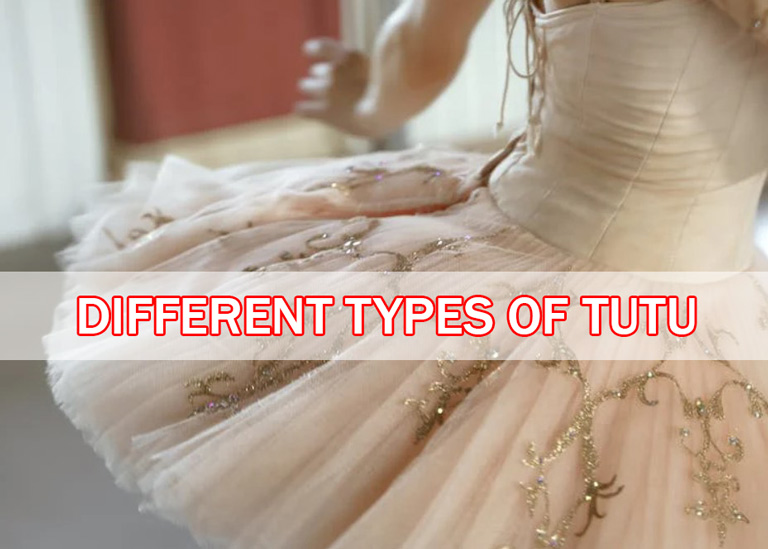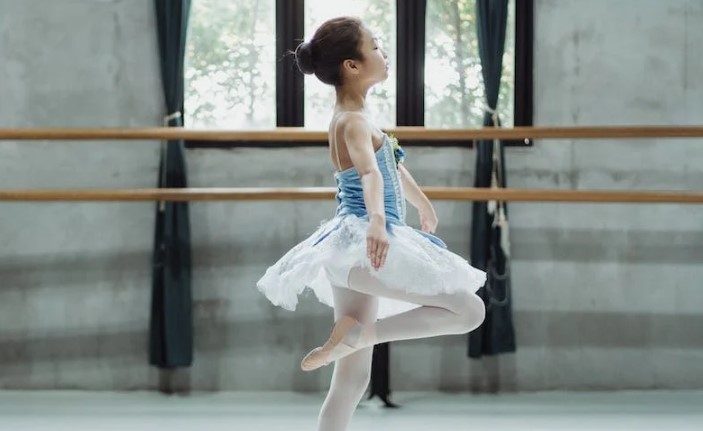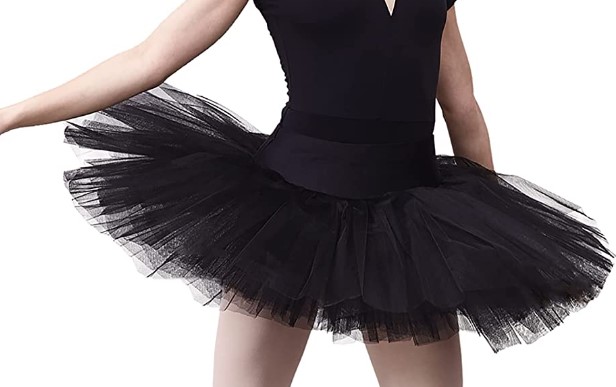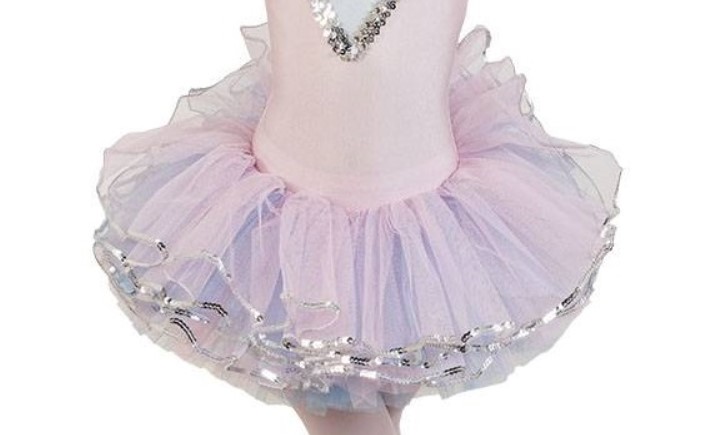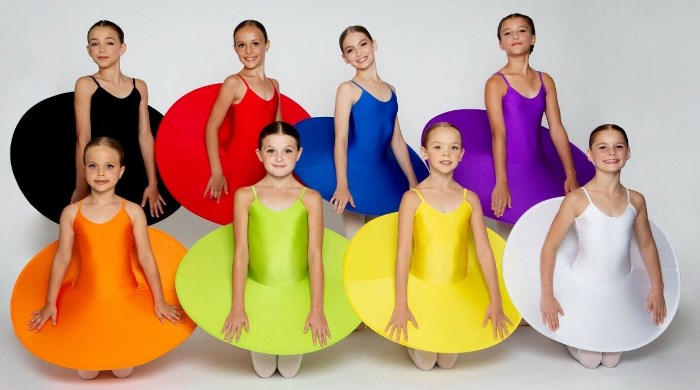From classical to neoclassical, tutu has been attached to the image of ballet.
But what is a tutu? Types of tutu available? Why do we call it a tutu rather than some kind of dress? Are they truly as magical as what we see on stage?
You are about to have the secret unveiled!
What Is A Tutu?
Along with pointe shoes, a tutu is a signature piece of clothing that makes a ballet dancer stand out. You will find the similarity between a tutu and a dress because of the bodice attached to it.
When wearing a tutu, the dancer has their legs on display, hence the audience can see the movements very clearly. Nonetheless, the first tutu looked so much different from what we are seeing today.
Why It Is Called “Tutu”?
Truthfully, the origin of the word remains a mystery.
Before 1881, this word never existed in any record. However, ballet enthusiasts have come up with several theories.
The simplest theory is based on one of the most common materials used for making tutus: tulle. Arguably, tulle and tutu don’t seem close enough to be a derivation of one another.
Another theory comes from cul, a French slang referring to the area of the genital or bottom.
Back in those days, ballerinas used a type of undergarments with an open crotch. Abonnés – male subscribers of the Paris Opera Ballet – would love to have the front rows in hopes of a wanton view.
Therefore, the skirt had to be modified and improved.
Also related to the word cul, the third theory says it has something to do with a French phrase, pan-pan cucul means I will smack your buttocks. Because in that era, the abonnés loved to visit the foyer and have some assignations with the dancers.
Each theory has its pros and cons. But the fact is tutu has become a popular term itself nowadays. People accepted it as a standalone word for ballet costumes.
What Is The Purpose Of A Tutu?
Although some might speculate that tutus help the dancer maintain their balance, fly high in the air, or simply keep warmth, the costume doesn’t contribute to any of these purposes.
The only real advantage of tutus is the enhancement of appearance.
At first, ballet dresses were long enough to cover the dancer’s legs and make them feel safe. With changes in society, the tutus become shorter and allow the ballerinas to have more freedom in their movements.
In another way, it can lift the dancer’s spirit as well.
The glamorous and elegant design will boost their confidence before a performance. Meanwhile, the length of the dress lets them show off their leg and footwork much better than before.
Check more: How Much Do Ballerinas Make A Year?
What Is A Tutu Made Out Of?
The most used material for tutus today is diamond nettings, yet tarlatan was the first material associated with tutus. It is made of cotton and a stiffened weave.
With different kinds of tutus being invented, the designer can change the fabrics for their desired result. We have tulle, gauze, or silk, which look so ethereal and delicate when put in various layers.
Synthesized materials are getting more attention these days, as they are durable and easy to stretch over a metallic frame.
Different Types Of Tutu
Romantic Tutus
Romantic tutus are the original design of tutus. And the shape will remind you of a bell.
It first appeared in 1832 and turned into an icon by Taglioni and her work La Sylphide. Many people know of her for the debut of pointe shoes, but would they see the shoes without the beautiful cut of the Romantic tutu?

Made of 3 – 5 tulle layers falling to the middle of the calves and even reaching the ankles at times. It can start from the waist or the hips as well, depending on the designer.
The way the hem spreads widely makes the dancer seem weightless, as though they are floating.
Classical Tutus
With the effort that the ballerinas put in each step, the need to show off their leg work increases.
The tailors brought out their scissors. And the dresses were shortened to the knees.
In classical tutus, layers of tulle are protruding from the hips at a horizontal angle, giving the legs more spotlight as well as movement freedom.
The first time we see a classical tutu was in the 1880s. At that time, Italian ballerina Virginia Zucci dressed up and performed with a new tutu ending above her knees.
Until today, the classical tutu has branched into 4 types.
Bell tutu
The first creative take on Romantic tutus resulted in bell tutus.
As the name indicates, it resembles a bell. It doesn’t have a hoop to maintain a shape, only various layers of materials tacked loosely.
Therefore, you might get the impression of softness and fullness from its shape.
Pancake tutu
When mentioning a tutu, what most people think of is the pancake tutu.
It has a hoop between tulle layers to retain the horizontal form and an undergarment beneath to make the costume appear as one piece.
Pancake tutus look bouncier than bell tutus, thanks to the hoops.
Platter tutu
At first sight, you will hardly find platter tutus any different from pancake tutus, unless you are a designer or a seamstress.
The professionals would look at the top layer. If pleated, it is pancake. If decorated intricately, it is a platter.
Powder-puff tutu
It looks as full and soft as the puff you use for applying powder to your face. The fluffiness comes from netting in multiple layers with no hoop.
The biggest advantage of this tutu is it moves more naturally and comfortably with the dancer.
An example of this type would be the Balanchine tutu created for his Symphony in C.
Contemporary Tutus
Contemporary tutus take a rather creative route, where the designer freely makes whatever they love as long as it flatters the dancer’s body.
A lot of them have only one layer of material with beautiful patterns. They provide great coverage, hence the ballet girls could wear them in daily life too.
Some Facts About Tutus
The First Tutu
The first tutu that was introduced to the world was a Romantic tutu worn by Marie Taglioni in La Sylphide.
The dress first fell and stopped at the level of the dancer’s ankles.
But Taglioni had the idea of cutting it shorter and keeping it in the middle of her calves. So, people can see clearly the footwork she had poured everything into.
Fun facts:
Aside from the tutu, Taglioni was also the first ballerina to perform with pointe shoes. Together, her dance costume left a powerful impact on the ballet field.
Tutu and pointe shoes are something the dancers still wear today.
Tutus Are Expensive
Tutus might look simple. But, let’s talk about the effort required to put many layers of thin materials together and make sure they stick out horizontally and aesthetically.
Furthermore, tutus with intricate decorations would push the cost to the next level.
Sometimes, you will see online shops selling tutus at $20 – 100, but there is no guarantee that they will give you what you want.
A tutu for semi-professional competitions is $1000 on average. The professional dancers will invest in $2500 tutus and more.
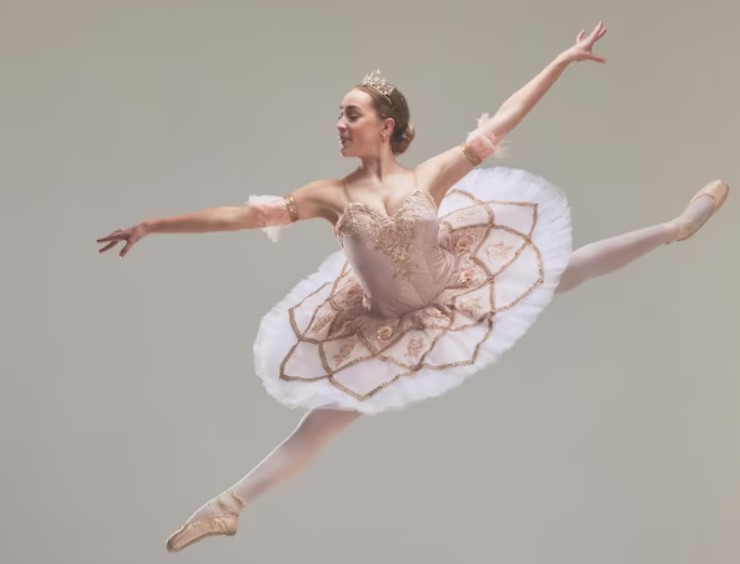
Tutus Are Not Worn In Ballet Class
Sometimes, your little ballerina agrees to try a ballet class only because they think they would be wearing these pretty tutus and floating around the room like a fairy.
However, tutus are for rehearsals and performances only. The reason is pretty simple. As mentioned above, tutus are expensive.
Instead, we have tutus for practice.
Those tutus look almost the same as the performance tutus, and they will have the same sizes too. So, the dancers can train while having a grasp of how the costume will affect them on stage.
For example, the male who does the lifting will have the chance to get used to having tulle all over his face.
Tutus Are Time-Consuming To Make
The main reason why tutus are so costly is the time and effort that the seamstresses and the designers must put into making them.
In terms of time, making a tutu can take up to 20 hours for the construction part alone, specifically setting up the hooks and cutting the materials.
When the customers demand embellishments, the production can go up to 40 – 60 hours of continuous working.
There are 10 – 12 netting layers you need to arrange and stitch for a professional tutu, and 6 – 8 for amateur ones.
If you place the materials on a surface, you will be surprised by the occupied area. About 100 yards of fabric will go into a tutu.
Even today, making tutus includes a lot of details that machines can’t complete. To avoid turning the exquisite layers into a normal dress, they have to sew 2-inch catches so there is space between the threads.
Tutus Can’t Be Washed
Aside from them not being wearable, here is another bad news: you can’t wash tutus, especially if you have several performances in a row.
You see how delicate the materials are, not to mention the beads, the sequins, and other details attached to them.
We usually separate the tutu from the bodice, which has little to no embellishment. We just do some spot-cleaning to get rid of any unwanted stains.
Final Words
And we have got the mystery of what a tutu is and the types of tutu available!
Tutu will undoubtedly continue to be a quintessential part of the ballet arts by seamlessly transforming the dancers into ethereal fairies and giving their hard-trained leg work the limelight it deserves.
